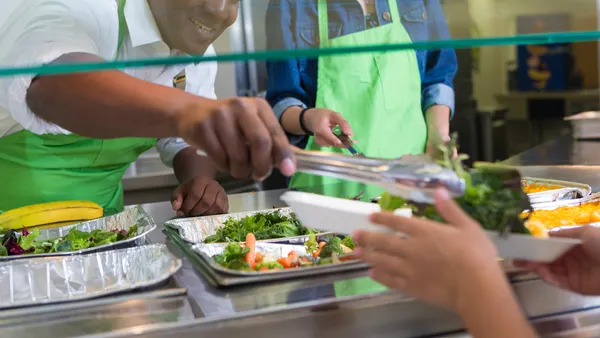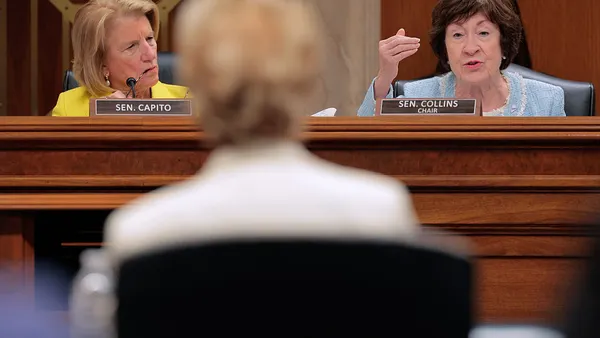As education leaders once again look for ways to prevent violence amid the continuing horror of school and community shootings, some school safety experts agree tip lines can be a valuable tool to encourage students and others to speak up.
In fact, it appears school safety tip lines are gaining traction in both districts and state legislatures particularly because of the ongoing gun violence nationwide, said Shawna White, senior lead for school safety at WestEd, a nonprofit covering education and human development.
Mass shootings in schools and their surrounding communities have again come to the forefront of education leaders and policy maker’s minds following the tragic mass shooting at Robb Elementary in Uvalde, Texas, that left 19 students and two teachers dead in May.
One month later, Congress passed the $13 billion Bipartisan Safer Communities Act — the first overhaul in gun legislation in almost 30 years. The law, signed by President Joe Biden, also provides federal funds in schools to expand mental health supports and improve learning conditions and school safety.
A 2019 survey of 1,226 school principals found 51% of public middle and high schools were operating a tip line, according to RTI International, a nonprofit research institution. In that same study, 75% of principals said tip lines made them more aware of safety issues at their schools, and more than 50% said their schools’ tip lines had prevented violent incidents.
School safety tip lines can vary from operating through a 24/7 hotline to running as a mobile app, said Kenneth Trump, president of consulting firm National School Safety and Security Services.
If a school or state wants to roll out a tip line, school safety experts suggest considering these three best practices:
1. Continuously promote the tip line
The key to making a tip line the most effective is to promote it continuously in the school community, Trump said. That way, the reminders make it consistently a part of the culture, he said.
White agreed on the need for messaging in schools that continually encourages students to report concerning behavior. More important, she said, is to launch programs that train students about how to use the tip lines as needed.
She said one good example of this is nonprofit Sandy Hook Promise’s free Say Something program, which teaches students how to recognize warning signs of someone at risk of harming themselves or others.
2. Create an anonymous reporting option
White also recommended that schools offer multiple mechanisms, including at least one anonymous option, to report safety concerns. An anonymous option, she said, provides a way for students to feel safe from retaliation if they report a threat.
“It’s better to know and be able to attempt to address whatever is going on, even if it’s an anonymous report where you can’t go directly back to the reporter and ask questions,” she said. “You at least have the information. You know what’s going on, and you know that potentially something may need to be addressed.”
While there is a risk that someone could make a false report anonymously, White said that’s why it’s even more important to thoroughly investigate tips.
“I see more advantage to offering people a way of voicing their concerns in a way that they feel safe in doing it, because I think that is going to increase the amount of real reports,” she said.
3. Make the reporting tool easily accessible
When superintendents send messages to school communities denouncing violent incidents, they should also provide in that same message a way to access any available safety tools, such as tip lines, White said.
It should be very easy to locate these tip lines on a district’s website, too, she said.
On top of that, once a tip is reported the follow-up investigation should be honest, accurate and fair, said Meg Caven, a senior research associate on school safety at the Education Development Center.
Schools should tap into robust supports in their community when threats from students emerge, she said.
“It’s only effective if there is something to do after you’ve identified somebody who’s a potential threat to themselves or somebody else,” Caven said.








 Dive Awards
Dive Awards






